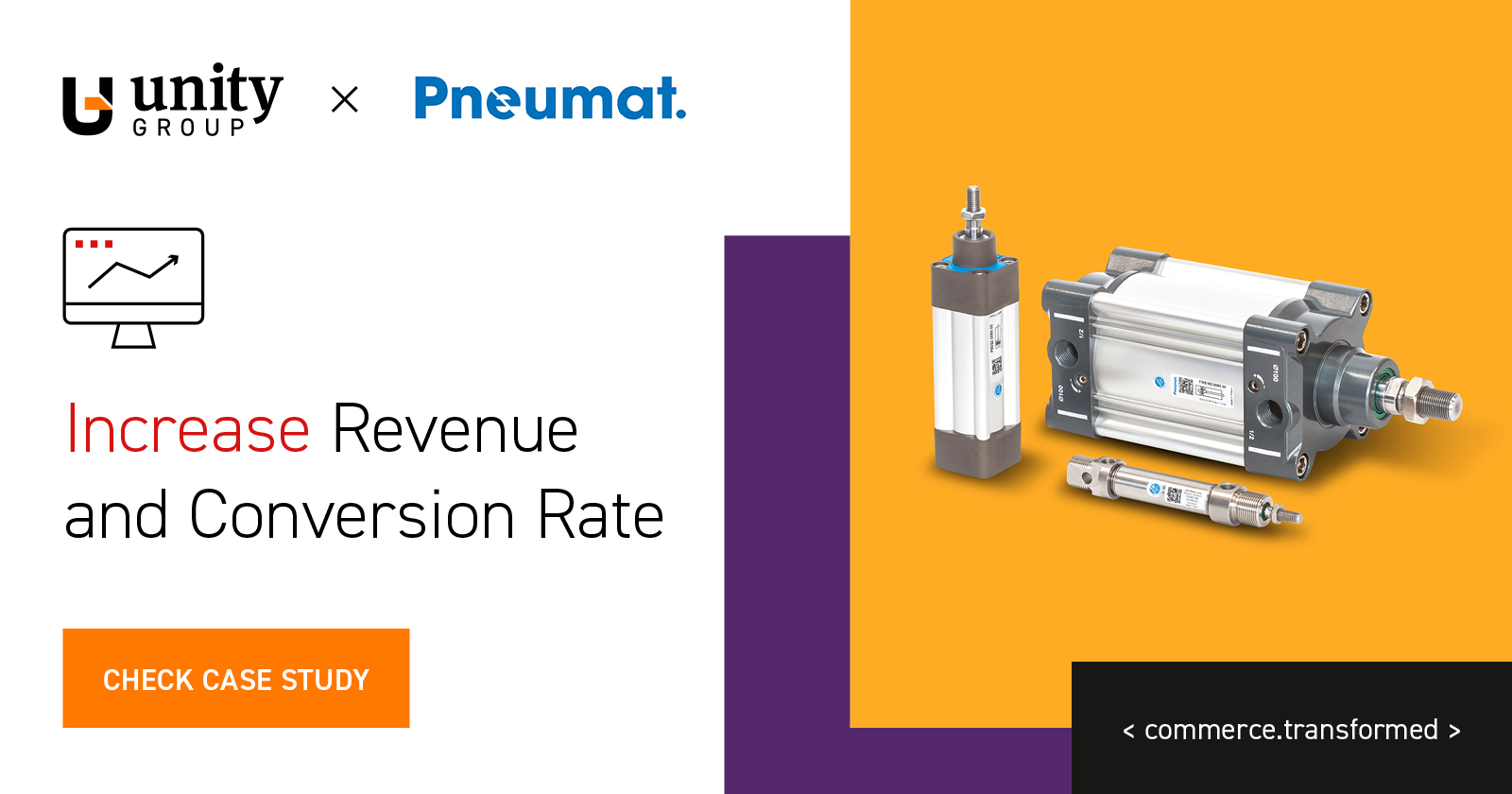TCO in Cloud Computing / Should You Migrate Based on TCO Alone?
Migrating to the cloud is a big step, both for the IT department responsible and the business as a whole. As a key part of the strategic direction, companies naturally want to determine the costs of such an investment.
The Total Cost of Ownership (TCO) model is applied very heavily here. It allows businesses to weigh immediate costs and expenses into a singular plus or minus. The appeal for businesses is obvious:
- First, it ensures such migrations are affordable in the short term.
- Secondly, it determines the longer return on investment of such a migration.
However, there are many perspectives related to the latter point where the total cost of ownership analysis isn’t always the best option. As we’ll explain, sometimes the lowest cost solution will not achieve other goals in the company, so keep this in mind as often a change in both metrics and even migration model is advisable.
What is TCO in Cloud Computing?
The total cost of ownership analysis model takes into account both the additional costs of moving to the cloud and the savings – in other words, the costs that have been eliminated by migration. It provide the net positive or negative expense of the initial investment. This helps companies to inform their most critical decision indicators, such as the ROI and Internal Rate of Return.
While the TCO model is not unique to the Cloud – it’s used in the likes of real estate, car ownership and other ‘big purchases – it is much more complex here. For the total cost of ownership in IT, we have to look at not only the cost of migration, but also the decommissioning of old hardware and system updates, against the savings made by eliminating on-premise servers, regular running costs and modifications to the employment structure.
So Why are Enterprises Moving to the Cloud?
With the above in mind, we need to determine why enterprises are looking to migrate. And at this point, it’s not a question of if but when. In 2022, 60% of companies stored their data in the cloud, up from 30% in 2015.
There are many reasons that inevitably encourage organizations to make the leap, but each has it’s impact on the TCO. The most common reasons include:
- Increasing operational efficiency – here the answer is simple. Companies want to do more for less.
- End of life hardware and/or software – removing legacy systems, which are often costly, is another key driver.
- Improving system security – in-house security is often expensive and, by hosting in the cloud, much of these concerns are handled by the provider.
- Reducing system maintenance costs – self-owned hardware needs to be maintained, even if it’s not used. This is a cost that many are looking to eliminate.
- Data center consolidation – after ownership changes, merging companies and, consequently, merging IT systems, there is a need to organize systems, reduce the number of contractors operating the infrastructure, and look for synergies between the merged systems. The cloud represents the ideal way to do this.
A properly made decision to migrate to the cloud usually translates into measurable savings and TCO is a key indicator useful in assessing the extent to which financial goals are being met.
But let’s look at some other reasons:
- Global expansion, mergers and acquisitions – a growing business takes on more systems and databases. It’s natural that companies want to streamline this.
- New digital transformation projects – whether it’s IoT, or implementing Machine Learning, the cloud is the ideal playground for implementing new technologies in a cost-effective way.
- Need to increase innovation – with technology advancing, innovative companies are always looking for ways to quickly take advantage of emerging solutions. With its easy accessibility, flexibility and scalability, the cloud perfectly supports innovation.
In the context of TCO for this second group of migration reasons, there is clearly an inconsistency of expectations with the goal – instead of savings, all these options generate additional costs. So, if the goal of the TCO analysis was to find savings while increasing innovation, we may be in for a disappointment. However, it should be noted that the answer is not wrong, more that we used a mismatched tool for verifying the set goal.
The Lift & Shift Dilemma
You’ll often hear cloud providers proclaim that businesses should “leverage the full potential” of the cloud. Naturally, we agree. However, when the initial migration is based on a Lift & Shift model, we again see the same problem as described above.
In cloud computing, we often refer to the 6 Rs, which form 6 key strategies along the path of cloud migration. They are:
- Rehosting
- Replatforming
- Repurchasing
- Retaining
- Retiring
- Refactoring
In the context of the 6R strategy set, Lift&Shift migration is simply “Rehosting.” While there are cases where this is a good strategy to start with, if you want to realize the full potential of a cloud environment, you shouldn’t stop at migrations of this type.
Lower TCO, Costs Cut, Money Saved, Right?
However it’s not long after this that additional tasks take place. Often, we’ll notice previously unknown novelties, such as dockerization and auto-scaling. Perhaps we’ll even start implementing infrastructure as a code.
As the company grows and its dependence on reliable technology increases, there is a need to improve disaster recovery procedures to ensure that the company is protected in the event of a sudden failure or data loss – the need to have a real (as opposed to existing only on paper) ability to restore the system from backups.
We can do this in the cloud with relative ease. In fact, in an era of globalization paired with political and economical volatility, this is a priceless boon for any enterprise.
At the next stage of “cloud maturity,” companies may want to create their own DevOps teams or build their own customized systems – making critical applications independent of third-party vendors and eliminating SPOFs (single points of failure).
Here we’ve probably closer to MACH architecture than a monolithic lift & shift set-up. We’re a long way from Kansas – which means we’re also a long way from our initial TCO in cloud computing. We’ve gone from rehosting through replatforming and all the way to refactoring!
Coming Back to TCO
This leads to the obvious question… when should we conduct a TCO analysis? If we compare the above example of an organization at the start and end of its cloud journey, such a TCO would produce very different results.
We know that the cost of lost benefits is of paramount importance for businesses that seek to be pioneers in their industries. Shouldn’t we factor this into the TCO? If we’re comparing a total cost of ownership for cloud vs on-premise, these are hidden benefits that favor the former, but are not so easy to simply calculate. This is a question of time-to-market. Can companies afford to take a slower option?
Lower TCO – Why Cost Reductions Aren’t Metric #1
For leaders, the cost of losing a position will certainly outweigh any additional costs incurred at the outset. The costs of migration – analysis, systems inventory, gaining competence, changing processes – are certainly significant, but they must be weighed against the potential losses that could result from introducing an inadequately tested solution to the market.
The benefits of greater flexibility, the ability to innovate, a readiness for global expansion, security and a faster time-to-market can not always be expressed in the language of net savings. Consequently, businesses shouldn’t waste too much energy focusing on TCO. There’s a reason even cloud vendors themselves are moving away from these arguments.

TCO Before Migration – Should We Use It?
Deciding to move to the cloud is nonetheless a strategic decision, linked to business development. It is not simply a business decision. With this in mind, we recommend using TCO to determine the cost of an initial migration, not whether to move to the cloud at all.
Here are a few key factors to keep in mind:
- Even in a 3-year cloud migration strategy, the cost structure can undergo large changes that are extremely difficult to estimate at the outset.
- Moving to the cloud opens up a sea of new possibilities that you should explore.
- Variable costs are a significant part of any cloud project, whether it’s from scalability or from non-exact savings
A Proof of Concept is often essential for more accurate estimations regarding cloud-native applications, but this of course adds an extra step into the equation.
Can you factor these in to your TCO calculations? For a single system or service, absolutely. But for the wider total cost of ownership in IT budgets? It will be much more difficult due to a significant increase in moving parts.
Of course, none of this means you should avoid the cloud. We simply wish to prepare you for the reality of embracing modern architecture and its supported technologies! TCO will help you ensure the initial migration is cost effective but, once you jump on that spring board, don’t be surprised when the latter balance sheets show you spent more than initially assumed.
There’s an old saying in many circles that “Nobody ever got fired for IBM” and these days, that’s what people are saying about the cloud 😉








